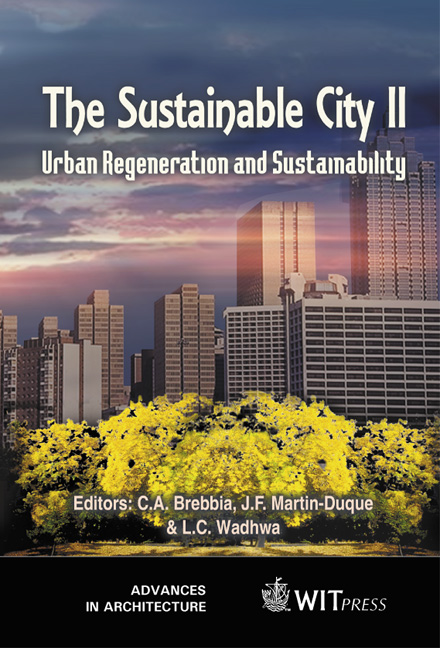Design Criteria For New Settlements Through An Interdisciplinary Approach
Price
Free (open access)
Transaction
Volume
54
Pages
Published
2002
Size
648 kb
Paper DOI
10.2495/URS020221
Copyright
WIT Press
Author(s)
V Erby & M Mameli
Abstract
A reading of landscape organization using ecological-environmental criteria allows the identification of hidden territorial structures, rarely considered by the traditional planning discipline. This paper explores them as key elements in understanding the organization of those territories. From the post-industrial period on, new dynamics concerned the development of the city. The shift from the compact city to the sprawled one has led to uncertainty and difficulty for planners. The standard descriptive and interpretative categories along with the techniques of analysis and the traditional models of urban and territorial organization have been challenged. Different positions within the planning discipline have faced these new dynamics, using new interpretative categories. Currently, these categories are being regenerated within the contemporary city and are being used to construct design criteria for new settlements in terms of environmental quality. It will be necessary to develop criteria based upon an eco-systemic approach that can integrate different processes connected to the urban and environmental dimensions. 1Disorientation and reaction From the post-industrial period on, new urban and territorial dynamics influenced the development of the city. The city's organism started to change. It is no more a compact entity, separated from external territories, but it appears through new relationships between city and territory. Society started to use the space in an unusual way, not only the city but the territory as a whole. A widened use of the territory, an expansion of the space of action of local
Keywords





